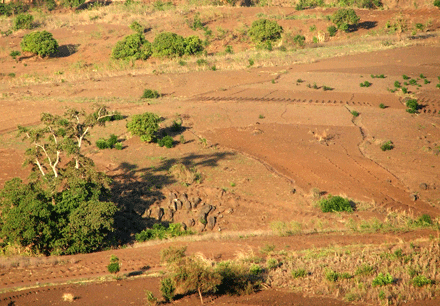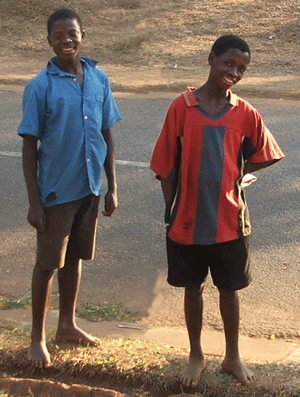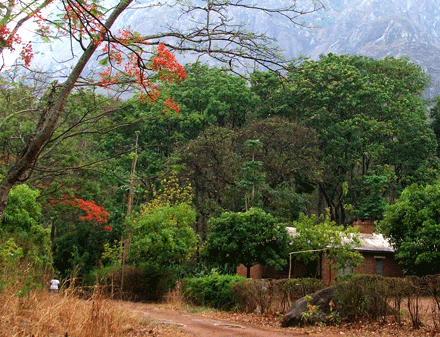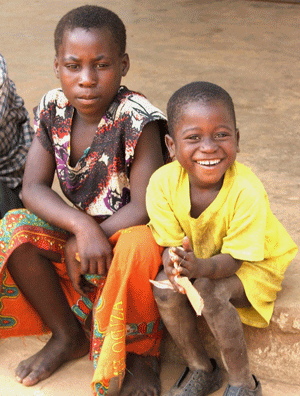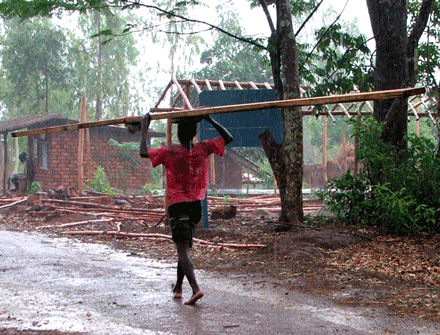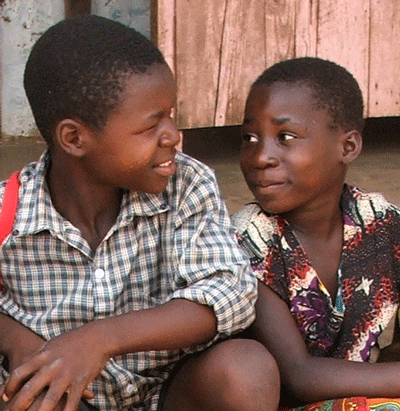
Tales of a 21st Century Gypsy
October 20, 2005. My work in Malawi, or why your tax dollars are keeping me in Africa this time.
Iím in Malawi working on a natural resources management project. If you were reading the New York Times in October, perhaps you read its series on Malawi, depicting it as a very poor country with a very high HIV/AIDS rate, a lot of forest fires, and horrendous jails. I donít work on AIDS or prisons, but my work does have something to do with the forest fires, at least indirectly. The COMPASS project, which is funded by USAID, is trying to help rural Malawians find a way to make a living that doesnít deplete their natural resources. Malawians are overwhelmingly subsistence farmers, and ninety percent of the countryís energy comes from fuelwood.
When there were two or three million of them, that worked fine, but with twelve million, itís a lot more difficult. Family plots of land are too small to support everyone dependent on them, and each generation they get smaller as they must be divided among more offspring. The country once had lush forests, but they have been depleted by people seeking more land to cultivate, seeking wood for building materials or cooking fuel, or selling lumber to supplement their inadequate farming revenues.
It doesnít help that Malawiansí favorite food is something called nsima, a polenta-like wobbly mush made of white maize meal. Which wouldnít be a problem Ė I actually kind of like nsima Ė but maize doesnít grow very well in Malawi. Any deviation from good growing conditions, and the crop is stunted, and food supplies are even tighter than usual. Malawians will tell you that they have always eaten nsima, it is part of their culture and heritage. But in fact they have been eating it only for a few generations. Maize is,
